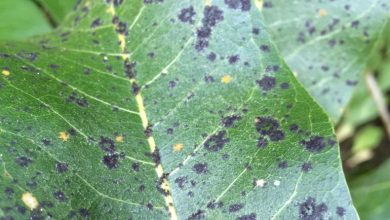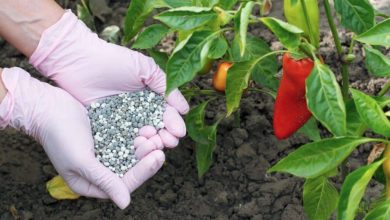How to Fertilize a Kalanchoe: Our Formula – Sembrar100
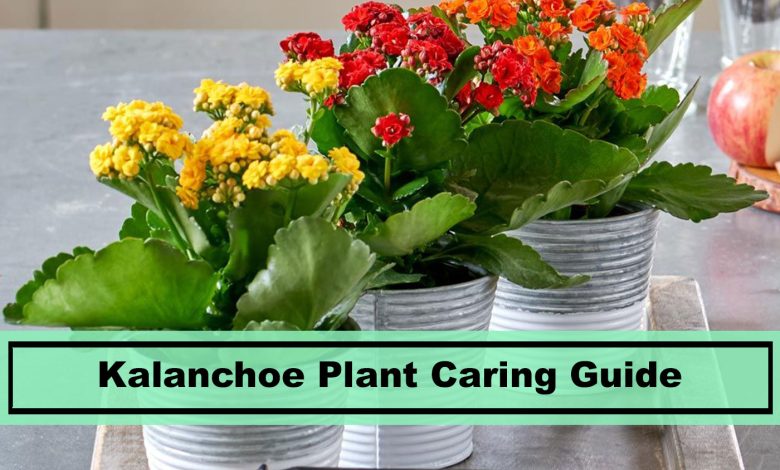
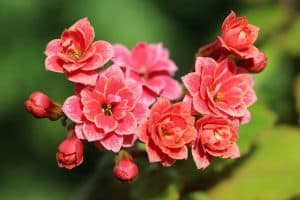 Kalanchoes are plants of the succulent family that are characterized by having a beautiful and abundant flowering in their season.
Kalanchoes are plants of the succulent family that are characterized by having a beautiful and abundant flowering in their season.
Thanks to the bright colors that the flowers usually have and the contrast that they produce with the green foliage, they are capable of stealing many glances.
The fertilizer for kalanchoe will be an undemanding subject because, in general, they have very specific needs.And then we are going to see them all so that you can make sure you have beautiful and productive plants every year. Are you with us?
Why is it important to fertilize kalanchoes?
The kalanchoe plant has very positive properties in terms of its development and productive capacity that will be further enhanced with the application of fertilizers. This means that you will have the opportunity to obtain a flowering with better characteristics and in a larger quantity.
At the beginning of its life process, fertilizations help it grow faster and, when it is an adult, to produce better. In addition, it helps around the issue of resistance to the attacks of the environment, such as the arrival of winter or the presence of pests or diseases.
How often should we pay the kalanchoes?
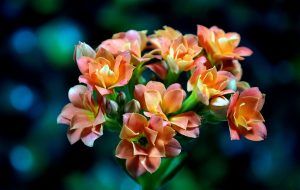 The fertilizer must be specifically oriented to the warm times of the year, in the months that occupy spring and summer.
The fertilizer must be specifically oriented to the warm times of the year, in the months that occupy spring and summer.
The fertilization schedule must respond to the needs of the plants at each stage of their life.
At the beginning of sowing, a first dose will be necessary that you will repeat in the following months to help growth.When it is in full bloom, subscribers can work fortnightly to improve their energy levels and make them do better.
Keep in mind that kalanchoes tend to bloom during the winter months in their natural habitat, but if you keep them indoors with regular access to light, you may be able to get flowers year-round.
What nutrients do kalanchoes need?
Kalanchoes have a requirement for potassium (K) and phosphorous (P) when it comes to helping with flowering.In the case of promoting the growth of the entire structure, nitrogen (N) will be the element that you must provide with greater emphasis.
For the work with micronutrients, it ensures that the fertilizers contain an appropriate amount so that the levels are balanced. One way to help kalanchoe absorb nutrients better is to keep the substrate loose.
This way the roots will be able to move more freely and find what they need at the right time.
What kind of fertilizers do kalanchoes need?
Worm humus is one of the organic fertilizers that has the best properties to work with kalanchoes, especially when flowering is beginning. The idea is that you mix the humus with the substrate to create a fertile and well-nourished base where the roots feel comfortable to develop.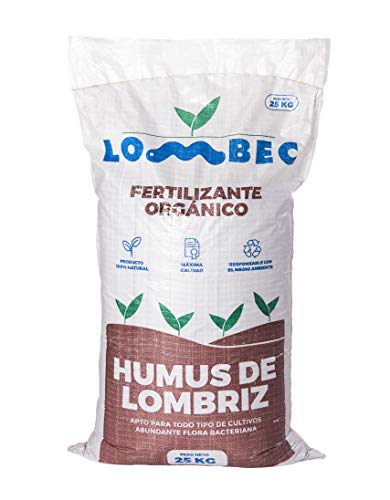
Liquid fertilizers for flowering plants will be very useful when you have the plants planted indoors. You can find these for sale in garden stores and apply it several times in spring and summer according to the schedule that we gave you in the previous points.
One last option is to work with fertilizers for succulent plants due to the type of structure that the kalanchoe has. As in the rest of the cases, you have to work with it during the spring and summer.
How do we prepare compost for kalanchoes?
 You will prepare the worm humus in an appropriate container so that the worms can process the organic matter and then you can collect the excrement they leave.
You will prepare the worm humus in an appropriate container so that the worms can process the organic matter and then you can collect the excrement they leave.
This excrement has a high content of nutrients that are very beneficial for all types of plants and, in the case of kalanchoes, there is no exception.
You will only have to add it to the substrate and mix it very well before sowing. At the beginning of spring you can also spread it on the surface to nourish more.
Fertilizers for flowering plants and succulent plants will have a different behavior because you will surely have to buy them in a store. The best thing is that they are in a liquid version so that you can dilute them in water and apply through an irrigation system.
This will encourage the easy absorption of nutrients by the roots, quickly improving their conditions. Take into account that when preparing it you must assess the dose proposed by the manufacturer, since it is the one that will give the best results.
However, you must work according to your own conditions, so if you are not sure, use a less concentrated dose.
How do we detect if kalanchoes need fertilizer?
Being succulent plants, kalanchoes stand out for having a strong and resistant structure that, in their natural habitat, will not have to be worked with fertilizers. However, when these conditions are modified (even more so if they are indoors) fertilizers become a remarkable care for their maintenance.
Of course, the chosen fertilizers must take care that the plant remains healthy and that its condition improves, because an irresponsible fertilization could seriously affect it. You will notice that there are flaws around this issue when the plant is growing slowly and looking more or less droopy.
In addition, in its flowering season it will be unable to perform in a timely manner, both in terms of time and the characteristics and quantity of flowers. The kalanchoe fertilizer will become one of the least demanding care you will have if you decide to have one of these specimens at home.
Its training characteristics and strong and robust structure help a lot to keep it in optimal condition, even if its living conditions are not the best. Of course, a subscriber on time can drastically change the health conditions of the plant and its flowering.
So it is very worth learning about everything related to this topic and putting it into practice as soon as possible. You have already completed the first step when you get here, now it’s your turn to start it, do you dare?
Bibliographic references
- Effect of growth regulators and type of substrate on the rooting of Kalanchoe, E Villanueva, P Sanchez, N Rodríguez … – Terra …, 1998 – redalyc.org
- Response of bittersweet nightshade (Kalanchoe gastronis-bonnierí) to complementary soil application with three types of biostimulants. Cumbayá, Pichincha, M Mayla, L Marcelo – 2013 – dspace.uce.edu.ec
- Cacti and other succulents, M Uhlig – 2008 – books.google.com
- Floristic composition of the succulent plants of the Guayaquil Historical Park, RB Martìnez, MNM Moreira – Revista Ciencia UNEMI, 2017 – dialnet.unirioja.es
Maybe you are also interested in:

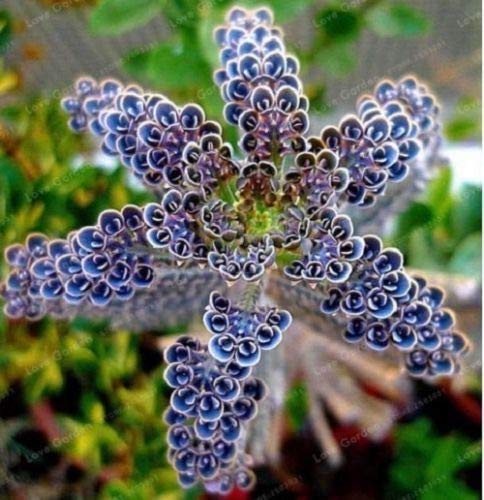
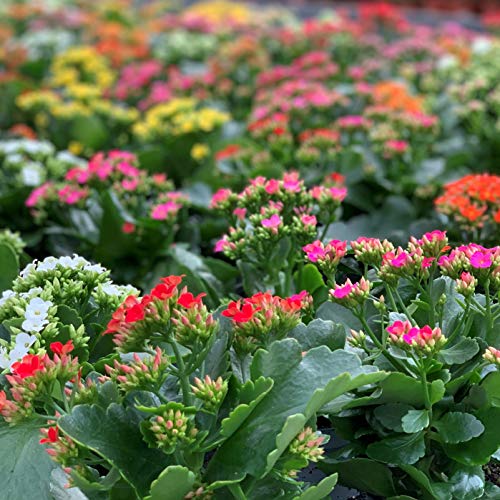

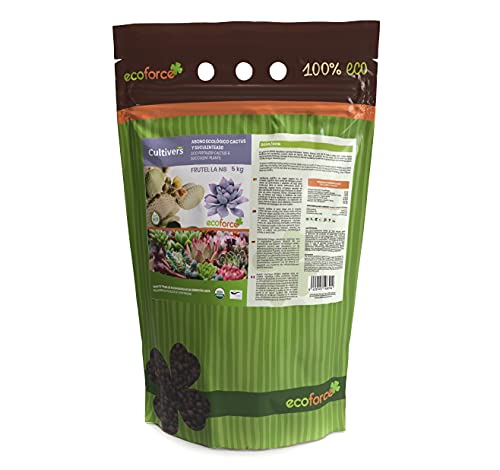
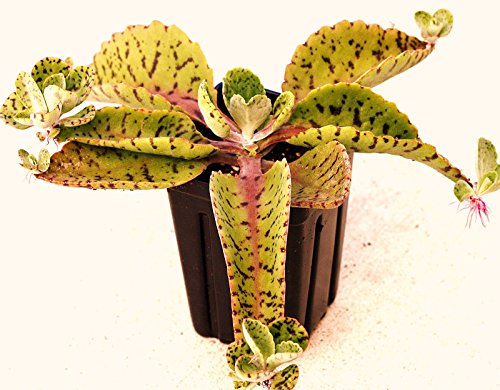
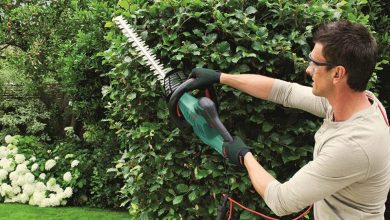
![Photo of How to Plant Padrón Peppers: [Complete Guide]](https://www.complete-gardening.com/wp-content/uploads/2021/06/Pementos_de_Padron-390x220.jpg)
